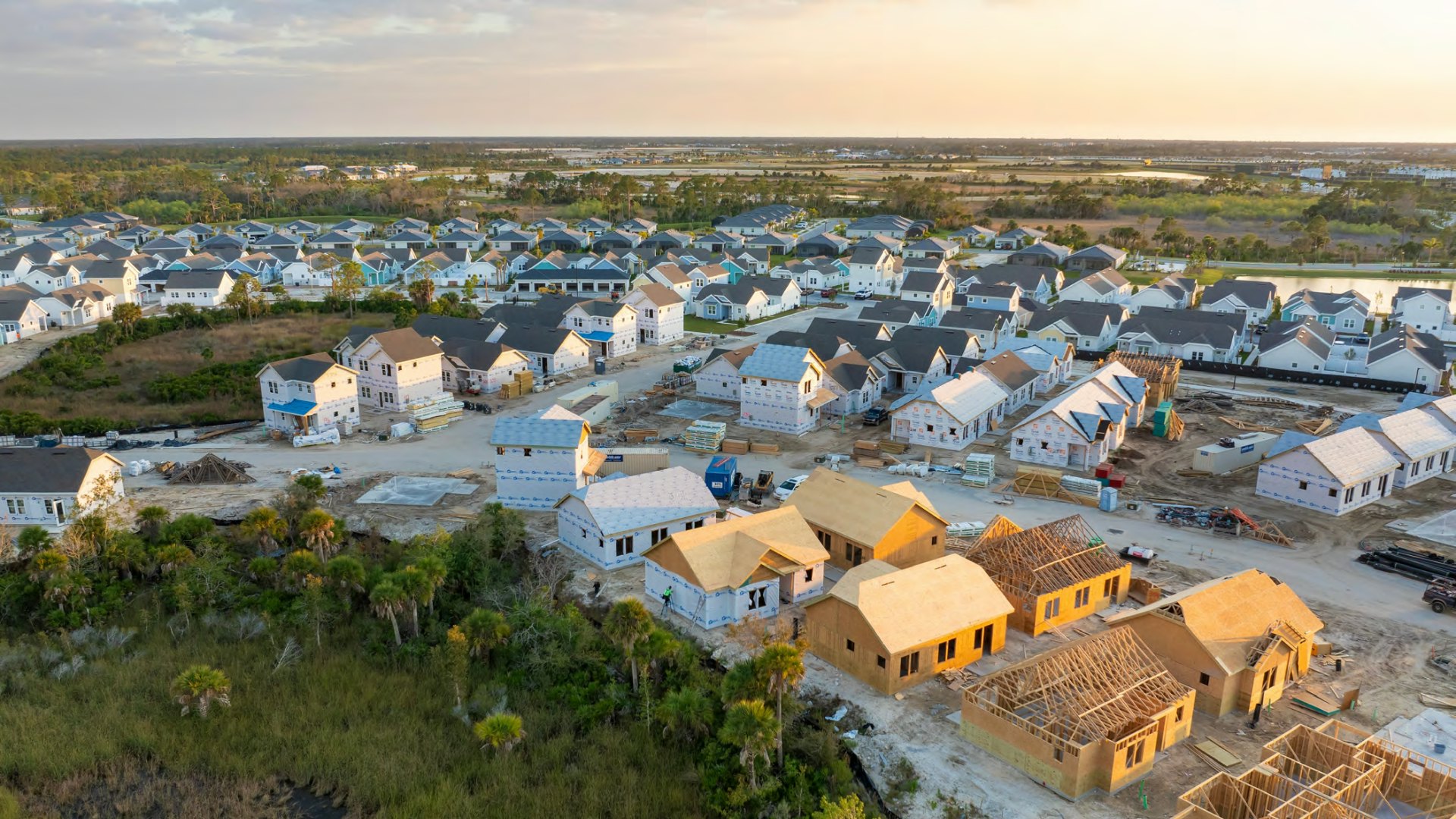The U.S. southern border has been making news headlines the past few weeks. Immigration expert Laura Collins, Director of the Bush Institute-SMU Economic Growth Initiative, breaks down what you need to know.
Why is our immigration system and southern border so overwhelmed?
Millions of people around the world are on the move seeking better economic opportunity and more freedom. Many of them believe in the American dream, but there aren’t a lot of legal pathways to the United States available to these migrants. Asylum often is their only option, and they have to reach U.S. soil to ask for admission.
Decades of inaction by Congress to update our legal immigration system combined with a lot of people seeking better lives and a burdened asylum system created the perfect recipe to make the southern border chaotic.
Who is coming to the U.S.-Mexico border seeking entry to the United States? Why are they leaving their home countries?
Migrants arriving at the U.S.-Mexico border come to the U.S. for freedom and opportunity. Nearly all will request asylum protection, which is reserved for those who fear returning to their home country.
When we think about migrants at the border, we should think about pull factors (things that encourage migration to the United States) and push factors (things that drive migrants to leave their home countries).
The biggest pull factor to the United States is the economy. The United States has very low unemployment right now, and there are millions of open jobs. Wages in the United States are so high that many migrants can support themselves while also sending enough money home to lift their families out of poverty.
The push factors vary. Some people leave their home country because of violence and political instability. Some experience political persecution. Corruption and kleptocracy have made it impossible for some to adequately provide for their families. Others might need to leave due to natural disasters ruining their communities and destroying their way of life.
Texas and the federal government seem to be at odds at the border. What’s going on?
The state of Texas has alleged that the federal government is refusing to enforce border security laws and has taken a series of steps to harden the border on its own. These steps include things like razor-wire covered buoys in the Rio Grande and miles of razor wire on the U.S. side of the border just beyond the river. The federal government alleges that this interferes with Border Patrol’s ability to intercept and process migrants, and, in some cases, carry out migrant rescues. Legal action continues to determine what the state is allowed to continue doing.
As a matter of policy, states should cooperate with the federal government in immigration enforcement. The key word here is cooperate. Right now, the state government and federal government strongly disagree with each other and aren’t working together. If they were to cooperate better and communicate more, the state and federal government could complement each other’s missions, ensuring a stronger border for all of us.
Who is responsible for fixing our immigration system and border management?
While the executive branch has an important role to play in border management, the U.S. Congress is ultimately responsible for fixing our immigration system. Our current immigration laws are outdated; we need a legal immigration system that meets the needs of our 21st century economy. We also need updated border policies that provide flexibility and acknowledge the reality of migration today – it’s no longer single adult males from Mexico, but increasingly families from around the world.
No president can act unilaterally to change our immigration system, so Congress must change the laws.
What would actually slow migrant arrivals at the border and address the country’s immigration challenges?
Slowing migrant arrivals at the border requires additional legal pathways, regional approaches to ensure migrants on the move have alternative resettlement locations, and long-term solutions to the root causes of migration in the hemisphere and around the world.
All around the globe, migrants are on the move. Rather than continuing to manage migration via outdated systems, receiving nations like the United States need to acknowledge the new reality. We have open jobs in the United States and willing foreign workers who lack adequate legal pathways. Whether the United States creates additional employment-based green cards or develops new self-petitioning migration options, migrants need to have ways to come to the United States without burdening the asylum system unnecessarily.
Given the global scale of migration, regional approaches to resettlement and enforcement matter more than ever. While the United States remains a top destination for migrants, other countries with robust economies also need labor. Some may also have the capacity to resettle humanitarian migrants but lack the policies needed to appropriately process them and help them integrate. Working with regional allies to develop shared goals on migration can help reduce pressure on the U.S. border.
Finally, long term solutions for the root causes of migration are imperative. Violence, corruption, lack of economic opportunity, gender-based violence, authoritarianism – these are real problems that impact the ability of ordinary people to thrive where they are. Until prospective migrants have hope that they can raise their families in freedom and opportunity, they will continue to try to move to places with better options, like the United States.
































